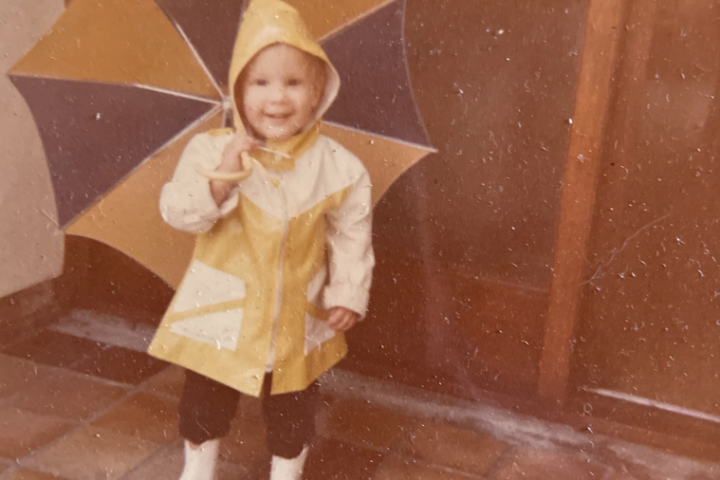When someone says “Don’t panic” it’s usually the first thing we do, right?
We’re all thinking about the ominous “but” that always comes next, and spiral into surface-level anxiety.
“Don’t panic… but…”
As a financial planner, when the world hits a crisis (I think specifically of Russia & Ukraine, China & Taiwan and even of our local budget speech), if you send out an email today saying “Don’t panic” to your clients, I’m pretty sure that’s exactly what they’re going to do.
And – right now – not only will they panic because of your email, but they’ll also be adding to the other myriad of unknowns that cloud our current geo-political landscape. So – before you write that email, text or social media post, consider these public relations tips:
Become an essential voice in your network.
If your clients (and extended network) only ever hear from you when the proverbial hits the fan, they will think you only engage when things go wrong. From a PR perspective, this is not helpful to build trust and healthy dialogue.
Have a strategy in place to speak with your clients regularly – as I always say, if you keep in touch, you keep your clients. Not only will you hold their business, you will have their trust.
Don’t generalize fear.
Just because you panic (markets in a random sector tank, one client has a poor experience etc.) doesn’t necessarily mean everyone else will. It also, however, doesn’t mean that your fear isn’t valid or useful.
Instead, you can share your feelings as they pertain to you without assuming everyone else is also worried. Granted, in a case as we see with Russia and Ukraine, everyone will most likely be aware and alert – but they may have a confidence that they can, in turn, share.
This can be a simple change from “Hey guys – don’t panic about Russia…” to “Hey guys – I’m a little worried about Russia, how are you feeling?”
Connect with the people – not the problem.
Crisis communication is different to conflict resolution. In conflict resolution, we focus on the problem, not the person. In crisis communication, we need to connect with the person, not the problem.
I’ve seen some fantastic posts from financial advisers in the last 24 hours that have put people first. Here are three:



Remember the bigger picture.
If you’re in this for long-term client relationships, you have to keep sight of the bigger picture. It’s the same approach that is taken for long-term investments; you don’t look at the days or weeks – you look at the years.
This brings your strategy full circle as it engages with the first point of being an essential voice in your network. It doesn’t happen overnight, and it doesn’t last for one moment or event.
If you want to send something out to your clients today, keep it personal, authentic and professional.




